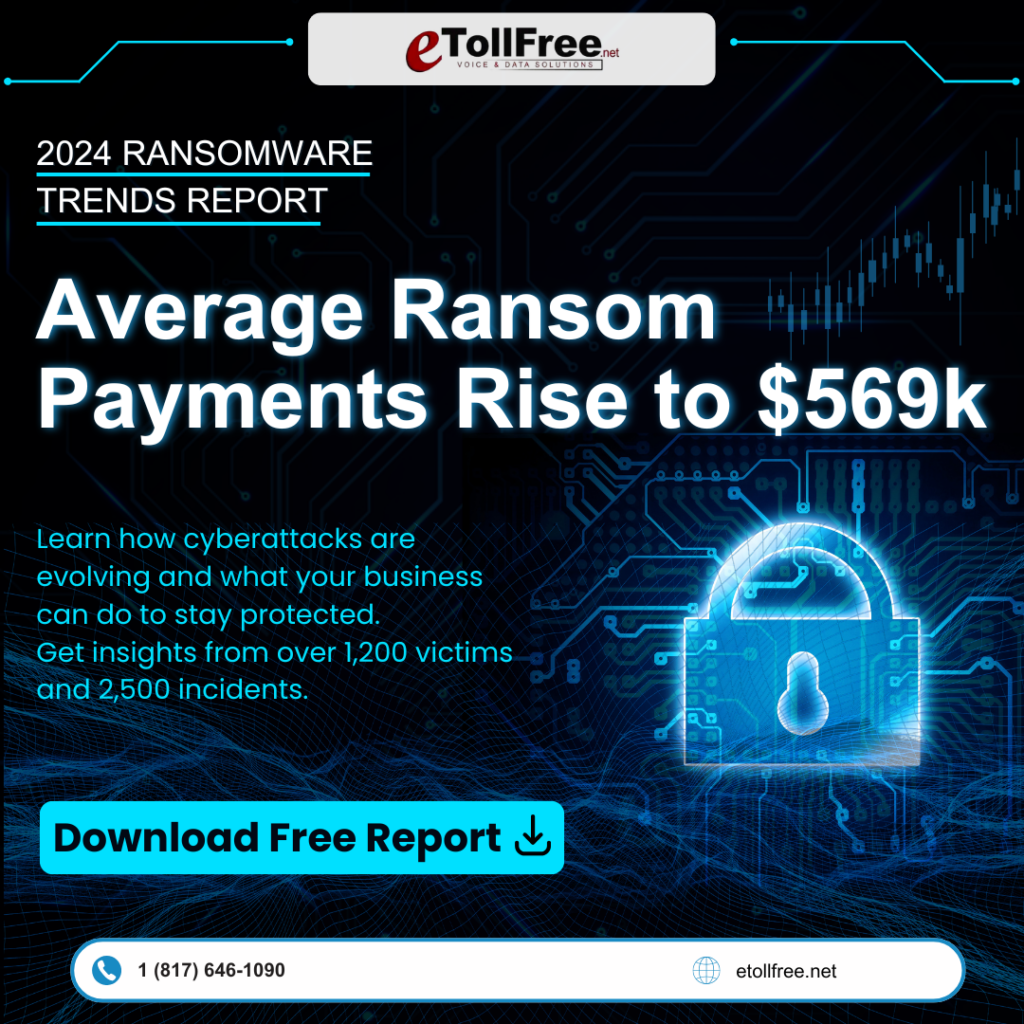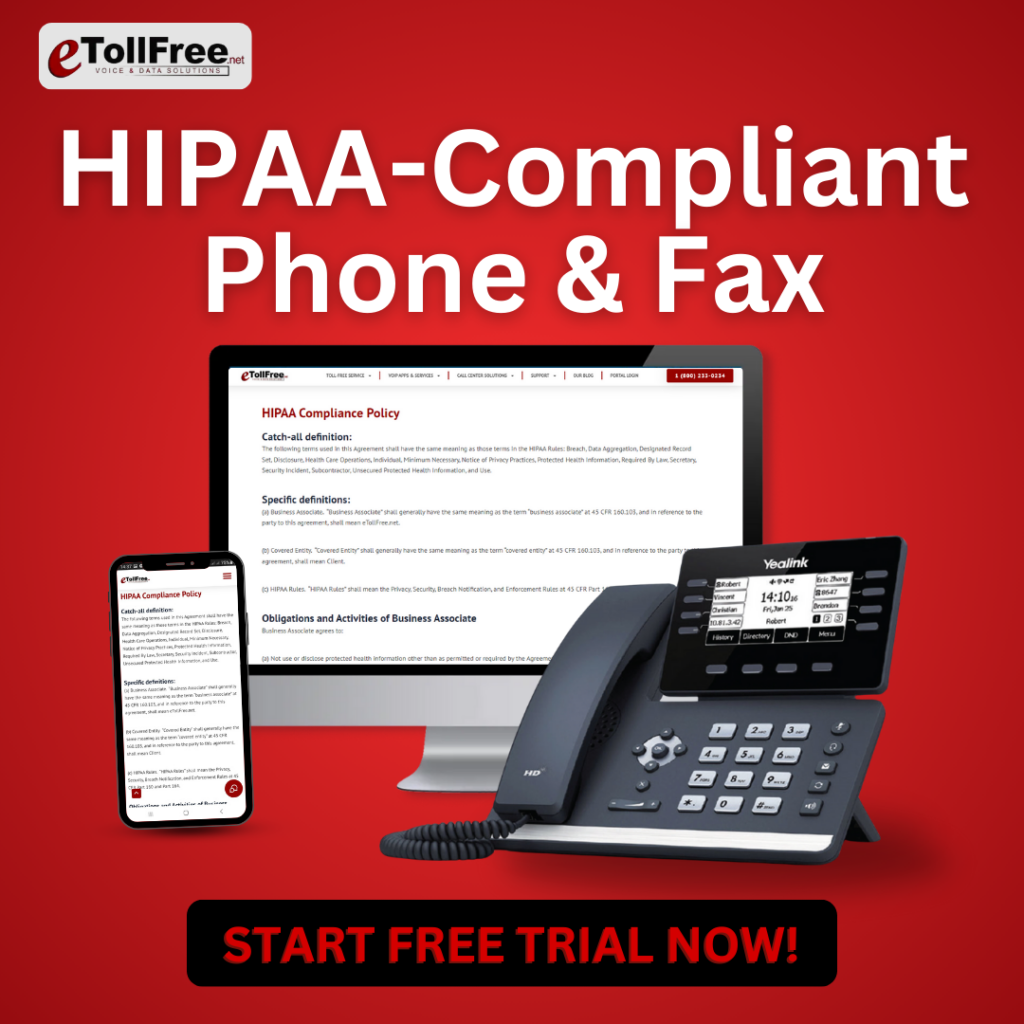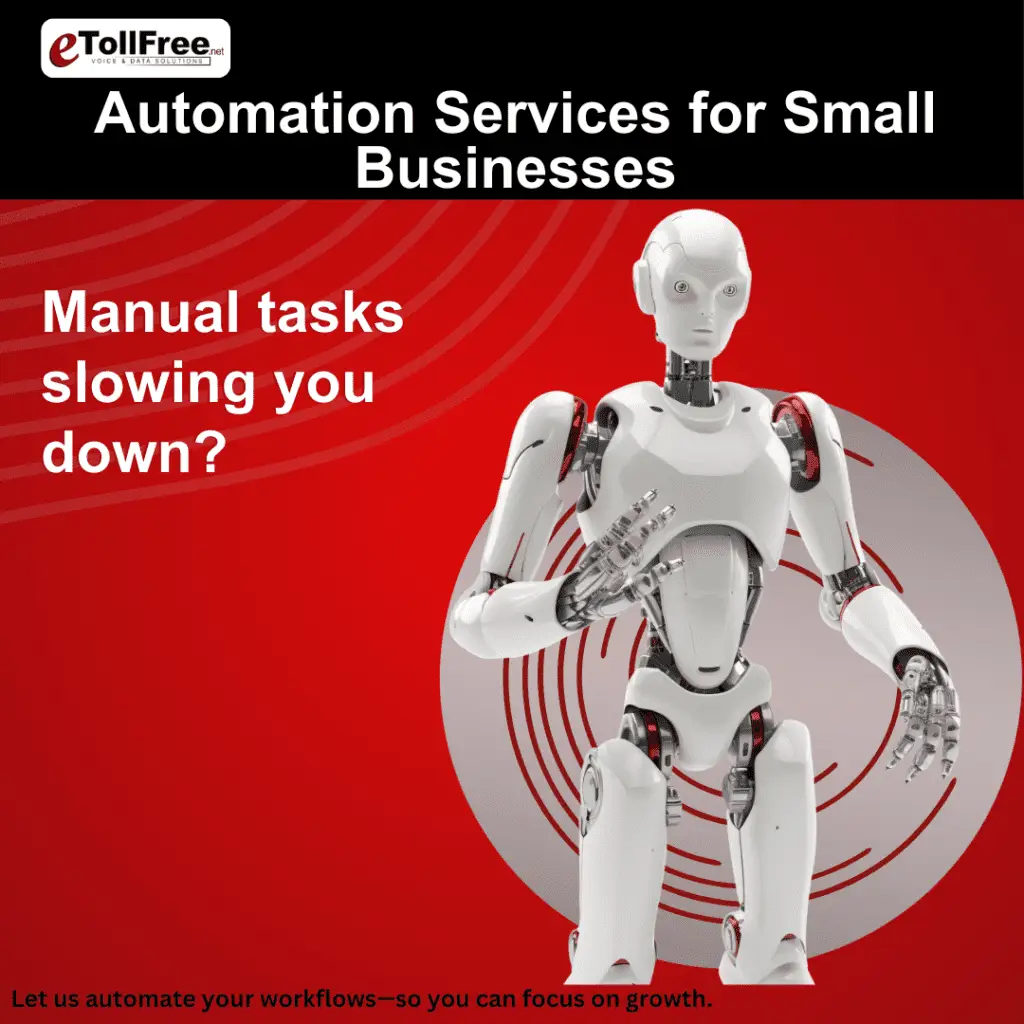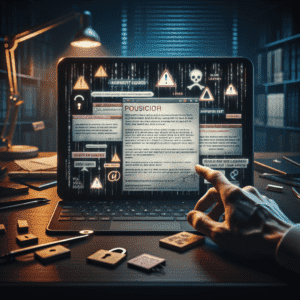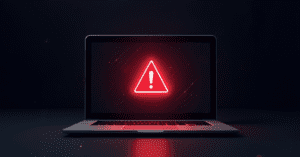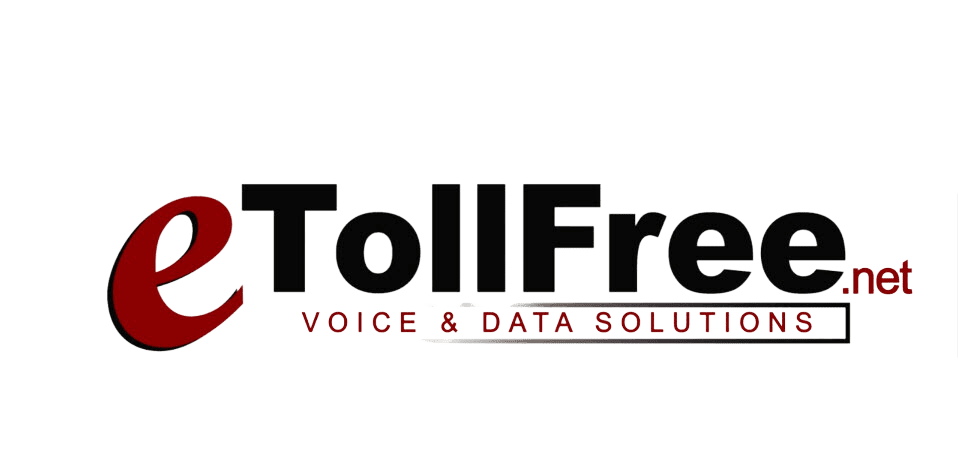Protecting Your Business from Ransomware Threats
In today’s digital age, ransomware has emerged as a potent threat to organizations, affecting businesses of all sizes. As a small business owner, it is crucial to understand the dangers of ransomware and learn effective strategies to safeguard your enterprise accordingly.
Understanding Ransomware
Ransomware is a type of malicious software explicitly designed to block access to a computer system or data, typically by encrypting it until a ransom is paid. This threat most commonly arises via:
- Phishing emails: These are disguised as legitimate communications and trick users into clicking on malicious links.
- Social engineering: Tactics that manipulate users into divulging confidential information.
- Unpatched software vulnerabilities: Gaps in software security that cybercriminals exploit.
The Rise of Ransomware-as-a-Service (RaaS)
The development of Ransomware-as-a-Service (RaaS) has significantly lowered the barrier for even less skilled hackers to execute ransomware attacks. Criminals can now purchase this service to launch sophisticated attacks without deep programming knowledge.
Impact of Ransomware
In 2024 alone, ransomware accounted for nearly 25% of all cyber incidents. Large businesses have paid ransoms as high as $75 million. Businesses also face additional consequences, including:
- Recovery costs
- Regulatory fines
- Reputational damage
Moreover, a concerning trend known as dual extortion has emerged, where attackers exfiltrate and then threaten to publicly release sensitive data.
Traditional Solutions and Their Limitations
Many businesses rely on standard cybersecurity measures such as:
- Endpoint Protection (EPP)
- Endpoint Detection and Response (EDR)
- Multi-Factor Authentication (MFA)
However, these measures frequently fall short against the advanced nature of ransomware attacks. After data is encrypted, traditional methods cannot automatically decrypt it.
Advanced Security Solutions
To effectively combat ransomware, consider these advanced solutions:
- Managed Ransomware Detection and Response Platforms: These tools use AI-driven analytics to detect and block ransomware behaviors before execution.
- Extended Detection and Response (XDR): Automates threat detection and response across multiple systems.
- Security Information and Event Management (SIEM): Provides real-time log analysis, ensuring regulatory compliance and identifying vulnerabilities.
By implementing these solutions, businesses can adopt a multi-layered, robust approach to safeguard against ransomware.
Leveraging Existing Resources Effectively
Businesses using platforms like Microsoft with Business Premium, E3, and E5 licenses should:
- Conduct regular assessments
- Optimize security configurations
These proactive steps can significantly mitigate risks and enhance security readiness.
Why Proactive Cybersecurity Matters
Given the evolving nature of ransomware threats, maintaining a vigilant, proactive, and layered defense strategy is essential for small business owners. By integrating specialized protection measures, you can minimize downtime, secure critical data, and sustain business operations.
Resources
For more information on strengthening your business security against ransomware, consider the following resources:
- Digital Payment Impact on Consumer Spending: Explore the role of AI in modern business infrastructure
- Environmental Impact of Electric Vehicles: Understand the eco-friendly benefits of using electric cars
- Improving Supply Chain Efficiency with AI: Learn how AI can enhance supply chain management efficiency
For additional insights and to further secure your business from ransomware threats, you can contact Arvin Chaudhary, CEO of eTollfree, a technology services company dedicated to helping businesses manage cybersecurity risks. Reach out via email at [email protected] or call 203-274-8466. Sign up for free cybersecurity alerts and webinars at eTollfree.



